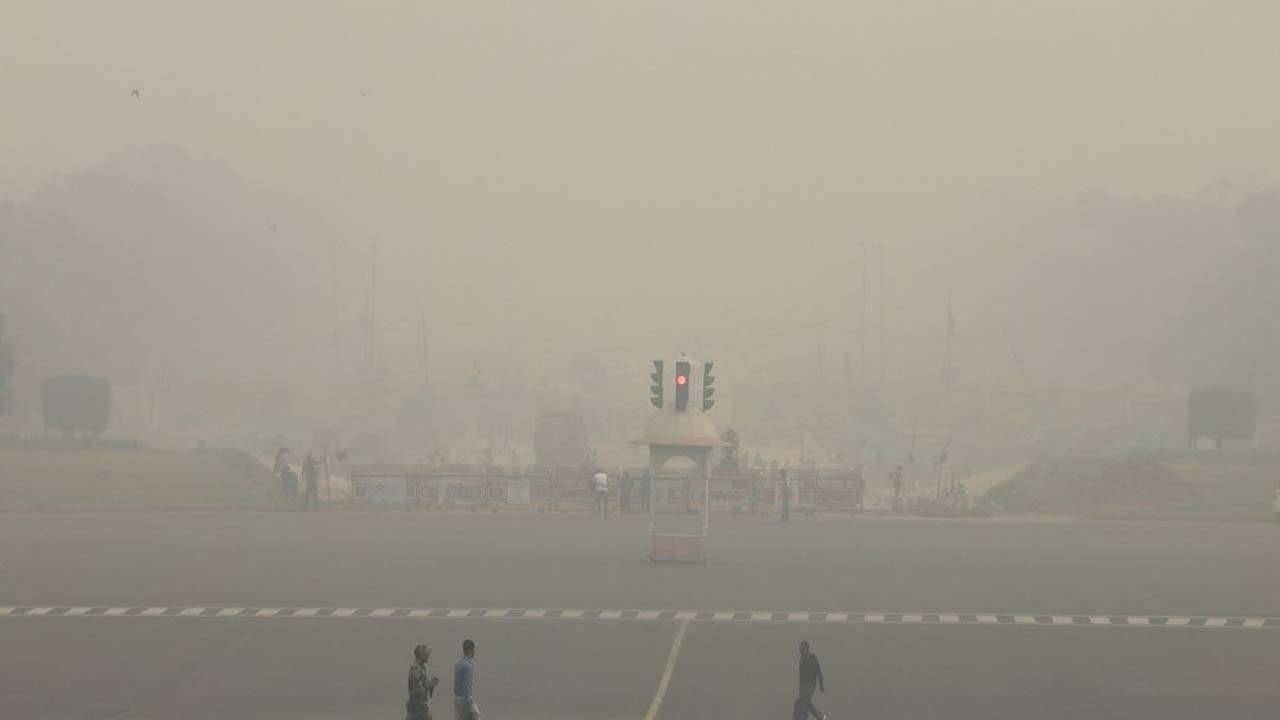
A study, recently published in 'Chemosphere', an international journal, revealed that the air pollution in the national capital of Delhi during the second wave of the Covid-19 pandemic and the consequent lockdown last year found an unusual surge in PM10 and PM 2.5 levels.
Chemosphere is an international journal that publishes work on chemicals in the environment. What is particularly alarming is that the PM levels were very high at a time when most activities were curtailed including any vehicular movements on the roads.
Read | DNA Explainer: Is Pakistan responsible for deteriorating Delhi-NCR air quality?
The study was conducted by a team of experts including Gufran Beig, founder project director, SAFAR (System of Air Quality and Weather Forecasting and Research); K S Jayachandran, member secretary, Delhi Pollution Control Committee (DPCC); M P George, scientist, DPCC; Aditi Rathod, S B Sobhana and R Shinde, from the Indian Institute of Tropical Meteorology, Pune; V Jindal from the Indraprastha Institute of Information Technology, Delhi and S K Sahu from Utkal University, Bhubaneswar.
Preliminary reports suggest thick smoke was hanging over homes located near crematoriums during the second lockdown in the national capital. The study recorded an unusual increase in particulate matter (PM). While researchers felt particulate matter levels would be low during lockdown as compared to reference years 2017 to 2019, there was actually no 'appreciable decline' in PM.
Pollution levels surged particularly between April 24 and May 2, when a rapid increase in Covid-related mortality and morbidity was recorded. As on April 1, 2021, Delhi's cumulative death toll was at a little over 11,000. The national capital recorded the highest-ever daily deaths on May 3, which was 448.
The dust flow could have been one of the reasons for peak pollution levels observed around April 28. But this cannot be accounted for the prolonged period of high particulate matter levels. This is why the study has pointed to an 'unaccounted source' that was adding emissions.
This source was producing fine particles like that produced by burning fossil fuels or biofuels, since the growth rate of PM 2.5 was found to be higher than PM 10. Since traffic had reduced during the lockdown, fossil fuel emissions from there were not considered significant.
The high emissions can then be attributed to 'low-temperature combustion associated with biomass burning in crematories which were at peak during this period. As evident, peak mortality period was directly coinciding with peak levels of PM2.5, the study noted.